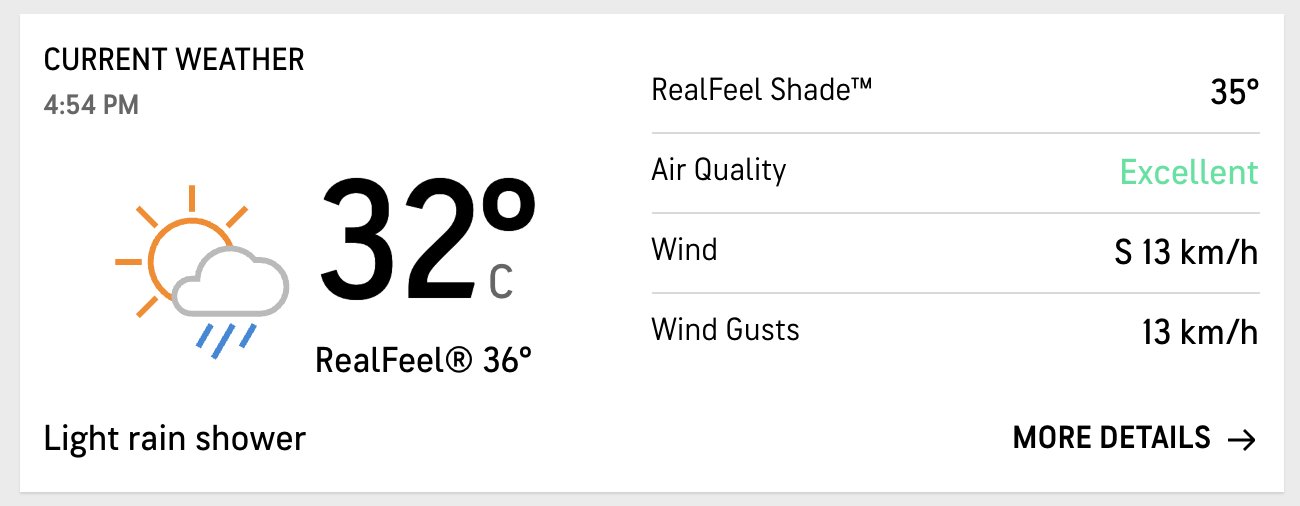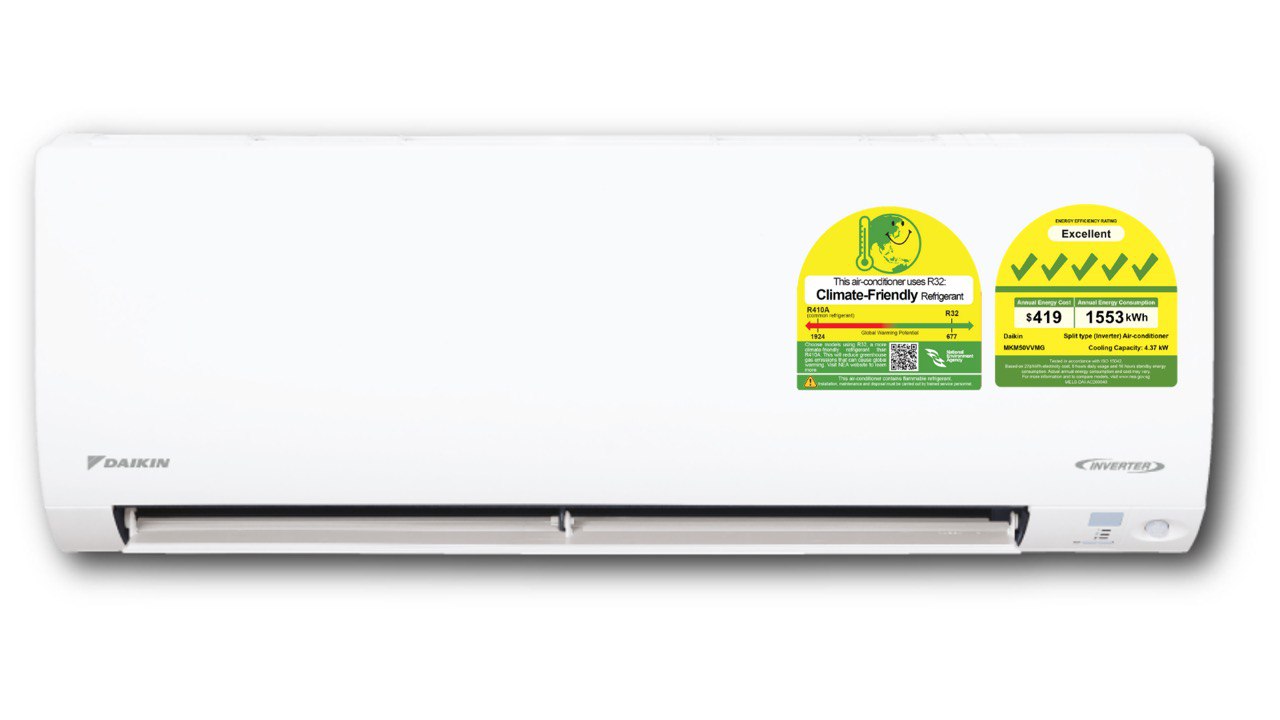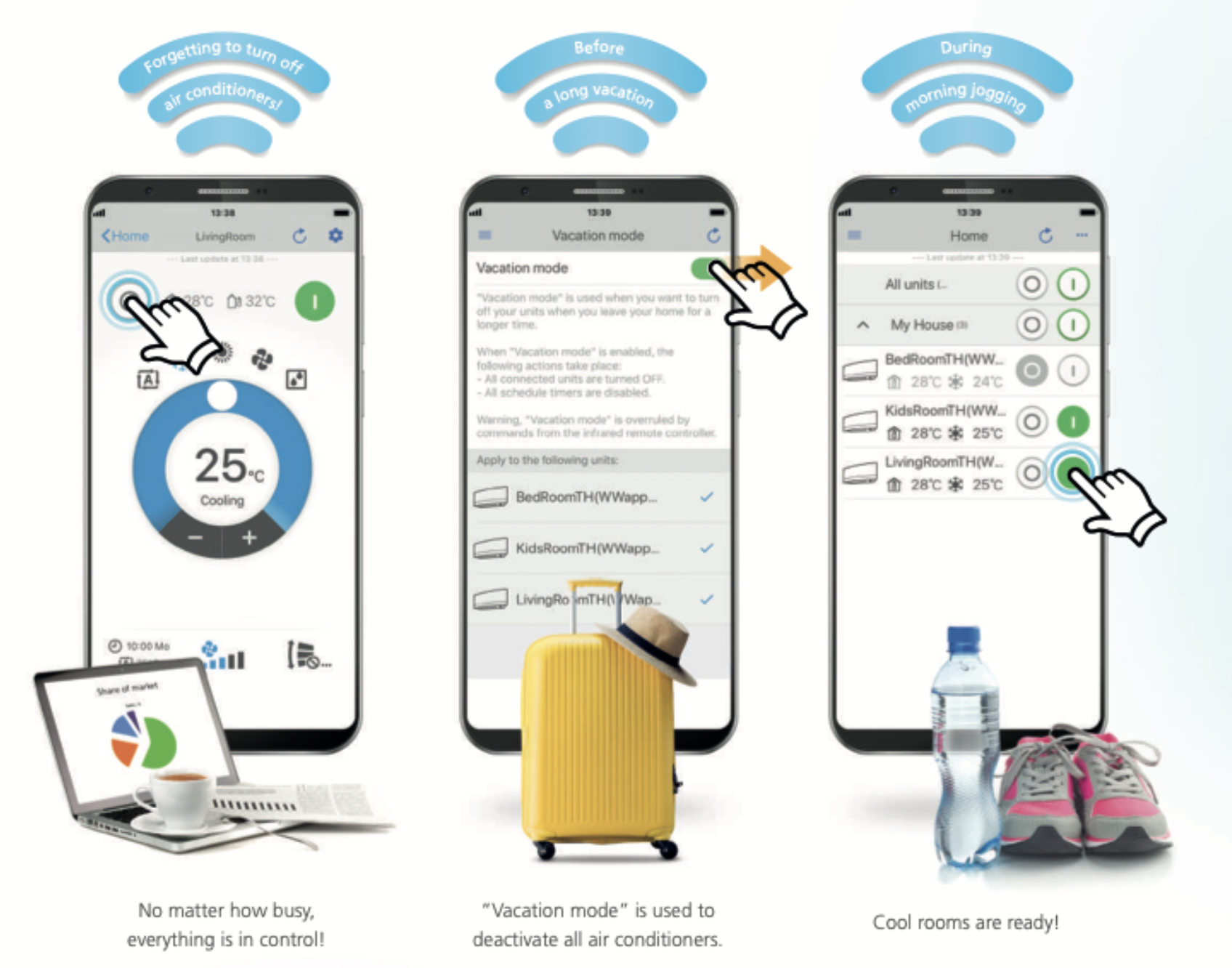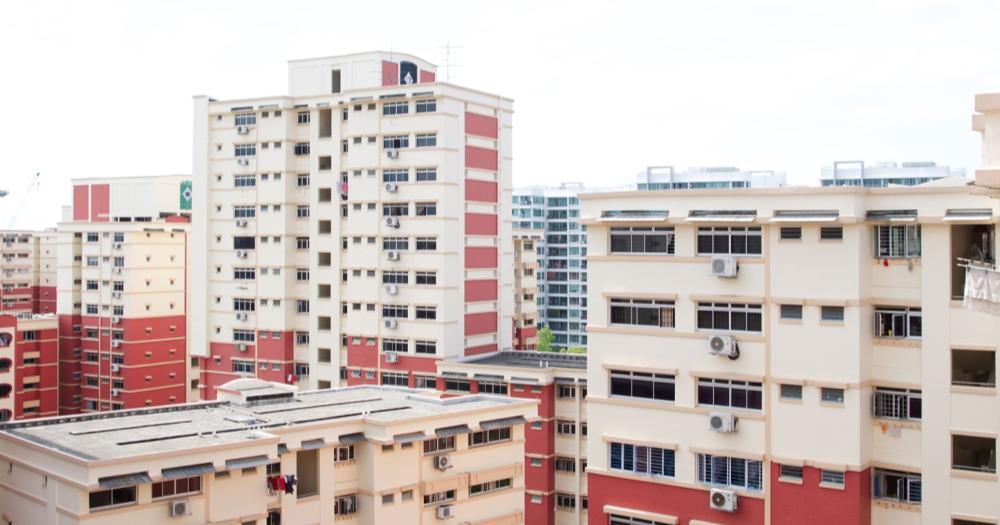In the midst of Covid-19, more workers in Singapore than ever before have been required to work from home.
Love it or hate it, regular WFH seems to be here to stay for the foreseeable future, which means that it’s well worth your time to think about ways to make things easier, better, and more convenient for yourself.
In sunny, humid Singapore, one of the things that WFH-ers might use to improve their work conditions at home is air conditioning.
How does temperature affect productivity?
Singapore’s founding Prime Minister, Lee Kuan Yew, is said to have credited the country’s success to — among other things — air conditioning.
It’s been reported that he said the appliance “changed the nature of civilisation by making development possible in the tropics,” in an interview with New Perspectives Quarterly, adding that air conditioning in buildings where the civil service worked was “key to public efficiency”.
You might recently have noticed the impact of temperature on your own productivity, as the first half of June saw warm days, with average temperatures between 25°C and 34°C.
The typical daytime temperature experienced in Singapore — which hovers around 28°C to 30°C — is far too hot to be the ideal temperature to work in.
Is there an ideal temperature?
Singapore’s National Environment Agency (NEA) recommends 25°C as an efficient temperature that gives you the benefits of air-conditioning, keeps your electricity bills manageable, and manages your environmental impact at the same time.
25°C, incidentally, was also the temperature at which office workers were most hard-working, with the lowest error rates, according to a 2005 study cited by BBC Worklife.
But even if one were to put aside cost savings and environmental considerations, colder is not necessarily better.
When the temperature was set to 20°C, the workers were half as productive, and made more mistakes, the 2005 study found.
Therefore, it is possible to have the temperature set too low, to the point that it affects productivity.
Generally speaking, “warm environments are better for creative thinking, while cooler workplaces are thought to help keep people alert during repetitive or monotonous tasks”, as reported by BBC Worklife.
But research on the effect of precise changes in temperature appears to be inconclusive, as some of the studies cited showed “no significant effects of heat stress” between 20°C and 29°C.
Another difficulty from reading the results of studies overseas: they are often conducted in colder climates, where what’s being studied is the temperature to heat the room to, rather than what temperature to cool it down to.
In other words, while research is inconclusive on the best temperature for productivity, we can all agree that it’s not ideal to work when it’s too hot or too cold.
But that doesn’t mean there’s nothing you can do to improve your working conditions, as there are other factors to consider as well.
Other factors influence how temperature feels
Weather website AccuWeather provides a “RealFeel Temperature” that’s often different from that of the air temperature for the day.
The difference can be explained by 1) humidity, and 2) the wind.
These factors also influence the “ideal” temperature setting for your air conditioner, as they influence our perception of what the temperature is.
The UK Met Office explains that when both the temperature and humidity are high, it’s more difficult for sweat to evaporate, even if there is wind.
This, in turn, makes it harder for the body to cool itself down, and explains why turning up the fan speed on a hot, humid day often seems to have little effect on how cool (or warm) you feel.
This might explain why it often feels hotter in Singapore than the forecast would suggest.
 It often feels hotter in Singapore than it is. Screenshot via AccuWeather website.
It often feels hotter in Singapore than it is. Screenshot via AccuWeather website.
Thus, air conditioners have a dehumidifying effect as well, helping to bring down the humidity while cooling the room.
However, in lower-temperature environments (such as an air conditioned room), wind plays a greater role than humidity in how we perceive temperature, and it can make a cold environment seem even colder.
Bearing all of this in mind can help with finding the right temperature and settings for air conditioning while working from home.
Besides finding your ideal air conditioner setting, you may also want to find your ideal air conditioner.
Not all air conditioners are alike
You may want to consider one from Daikin’s iSmileEco series.
 Image via Daikin.
Image via Daikin.
Air conditioners from the series have a “5 ticks” energy efficiency rating, which cuts down on its environmental impact as well as your power bill.
One of the reasons why it has the “5 ticks” rating is that it uses R32 refrigerant, which Daikin estimates as being able to achieve a 10 per cent reduction in electricity consumption over models that use previous generations of refrigerant.
What is R32 refrigerant?
R32 is a type of refrigerant that has a relatively smaller environmental impact than others in the market. R32 has zero Ozone Depletion Potential, which is a measurement of how much a chemical compound causes degradation to the earth’s ozone layer.
This means that, even if it is inadvertently released into the air, it will not cause ozone depletion.
Another thing to note about R32 refrigerant is its relatively low Global Warming Potential (GWP) of 677.
It’s worth noting that from the last quarter of 2022, NEA will ban household air-conditioners with high GWP of over 750, so you may want to consider taking the step of switching to the newer-generation refrigerant ahead of time.
Set temperature in steps of 0.5°C
Another advantage of the iSmileEco series is that temperatures can be set in precise steps of 0.5°C. This allows you to make fine adjustments to the desired temperature, according to your preference.
It also means that you do not have to constantly readjust the set temperature, helping to lower power consumption.
The iSmileEco series also comes with Daikin Mobile Controller (available for both Apple and Android users), which is a mobile app that allows you to adjust your air conditioner’s settings wherever you are, bringing greater convenience.
Now you can come home to a cool environment from the sweltering outdoors.
 Image via Daikin.
Image via Daikin.
With the app, you can also programme up to six different operations for each day of the week, including switching on and off, and even change the desired temperature according to your schedule.
One way this could be used while WFH is to signal the end of the work day, by having the air conditioning switch off at 6:30pm, just like it would in the office.
Cool.
Trying out different aircon temperatures for this sponsored article by Daikin made the author a little more productive.
Top photo by Shermin Ng via unsplash
If you like what you read, follow us on Facebook, Instagram, Twitter and Telegram to get the latest updates.
